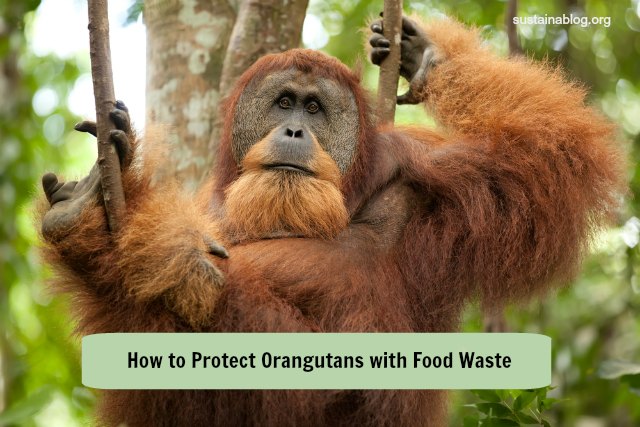As we noted recently, food waste is a threat to wildlife. So is palm oil, according to Co.Exist‘s Adele Peters. The palm oil plantations that produce this very popular additive to all sorts of products need the same environmental conditions as tropical rainforests. So, when it’s time to choose whether tropical rainforests are left alone, or razed for oil production, guess which option wins out… Rainforest in Indonesia, which is the world’s largest producer of palm oil, is disappearing at a very alarming rate, which threatens species like orangutans.
But what if these two environmental threats could be brought together to solve each other’s challenges? That’s what a group of researchers at the UK’s University of Bath and University of York are exploring. In short, could agricultural residue and other forms of food waste be processed into a substance that mimics the best properties of palm oil?
These scientists think that can happen with the help of Metschnikowia pulcherrima, a strain of yeast that produces a palm-like oil after eating various food wastes. According to lead researcher Rod Scott, “Waste biomass from farming or food is ideal… Such biomass can have uses, but nothing with the value or environmental impact of a palm oil substitute. Our yeast grows very well on the type of food waste collected for recycling.”
The UK government is funding research to figure out if this process can be scaled up to commercially-viable levels: we go through 60 million metric tons of palm oil a year, so that’s quite a challenge. The potential payoff would be huge in terms of environmental and economic impact: keeping that rainforest land intact and healthy while still producing the range of products dependent on palm oil.
Take a look at the video above for more insight into the research project, and then let us know what you think.
Featured photo credit: Shutterstock


Kvasa Rakyat
Orangutan and other wildlife in Indonesia will not extinct, Komodo dragon’s National Park – a UNESCO World Heritage Centre is a fine example.
Today, Indonesia’s forest cover is at 50%, that’s nearly 5x times of UK’s measly 11%, where this research in Bath University is located.
Future expansion and development of palm oil in Indonesia, can be on unproductive and “degraded land”. The World Resources Institute (WRI) has identified 14 million hectares of “degraded land” in the four provinces of Kalimantan, Indonesia. Almost all of this land would potentially be suitable for palm oil production/expansions over the next 20 years, without even touching high-conservation-value, peatland or primary forest areas.
Further, with funding on forest sanctuary & ecotourism, and wildlife breeding & cloning, these animals’ future are secured. — leaving article like this as pure alarmist and sensationalist in nature.